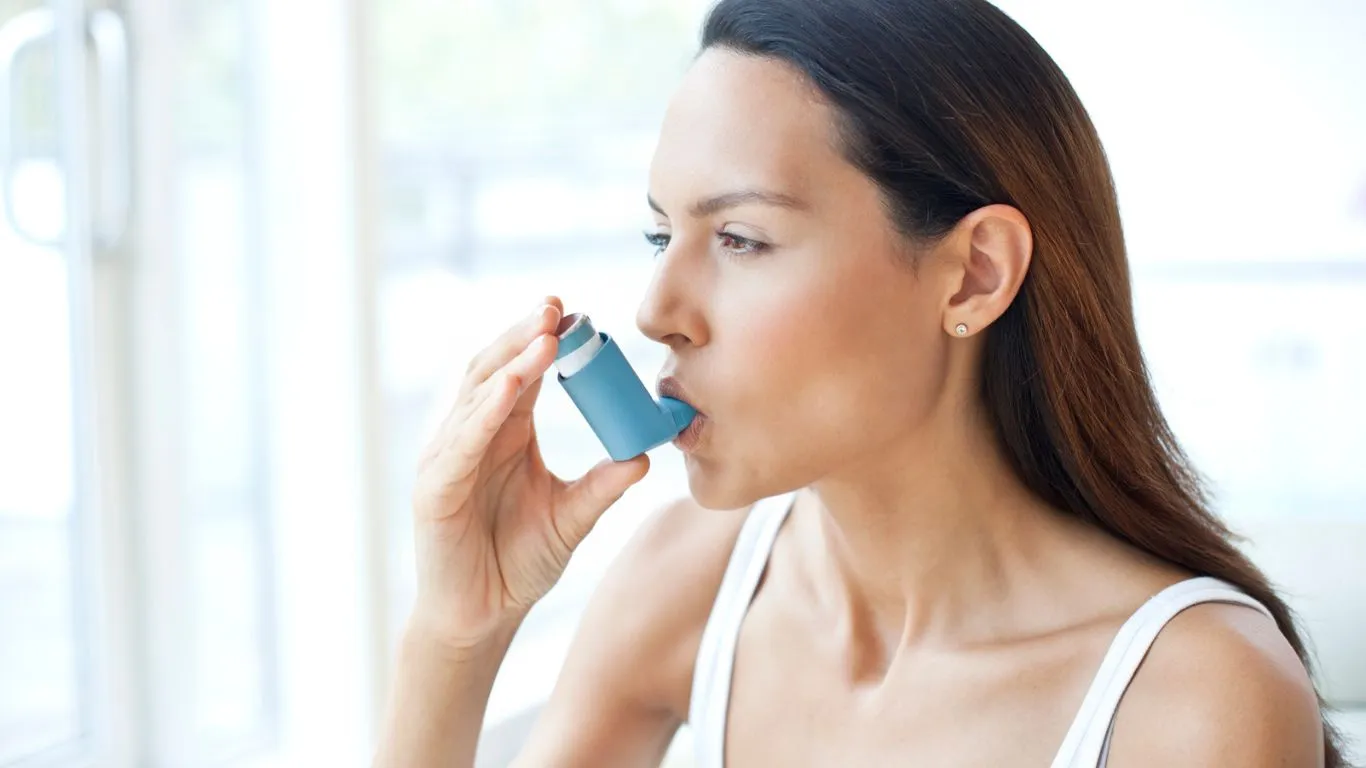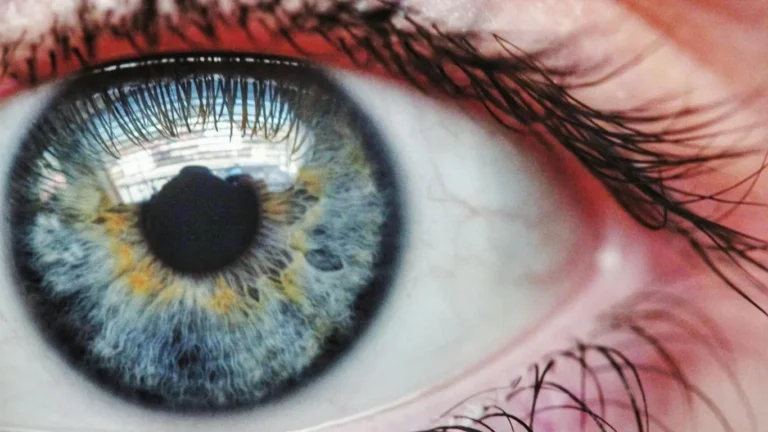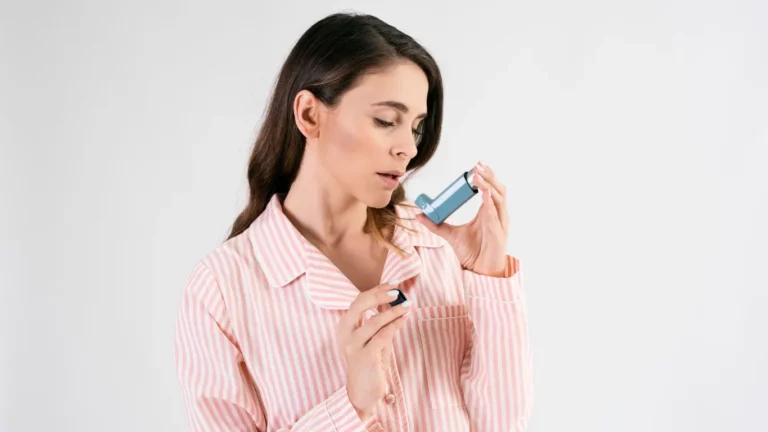Breathe Easy: Top Asthma-Friendly Air Filters 🌬️
I’ve been there—wheezing like I just ran a marathon (spoiler: I hadn’t) because of pollen or pet dander floating around. A good air filter made such a huge difference that I won’t shut up about them now. So, let’s get into it.
🤔 Why You Need an Asthma-Friendly Air Filter
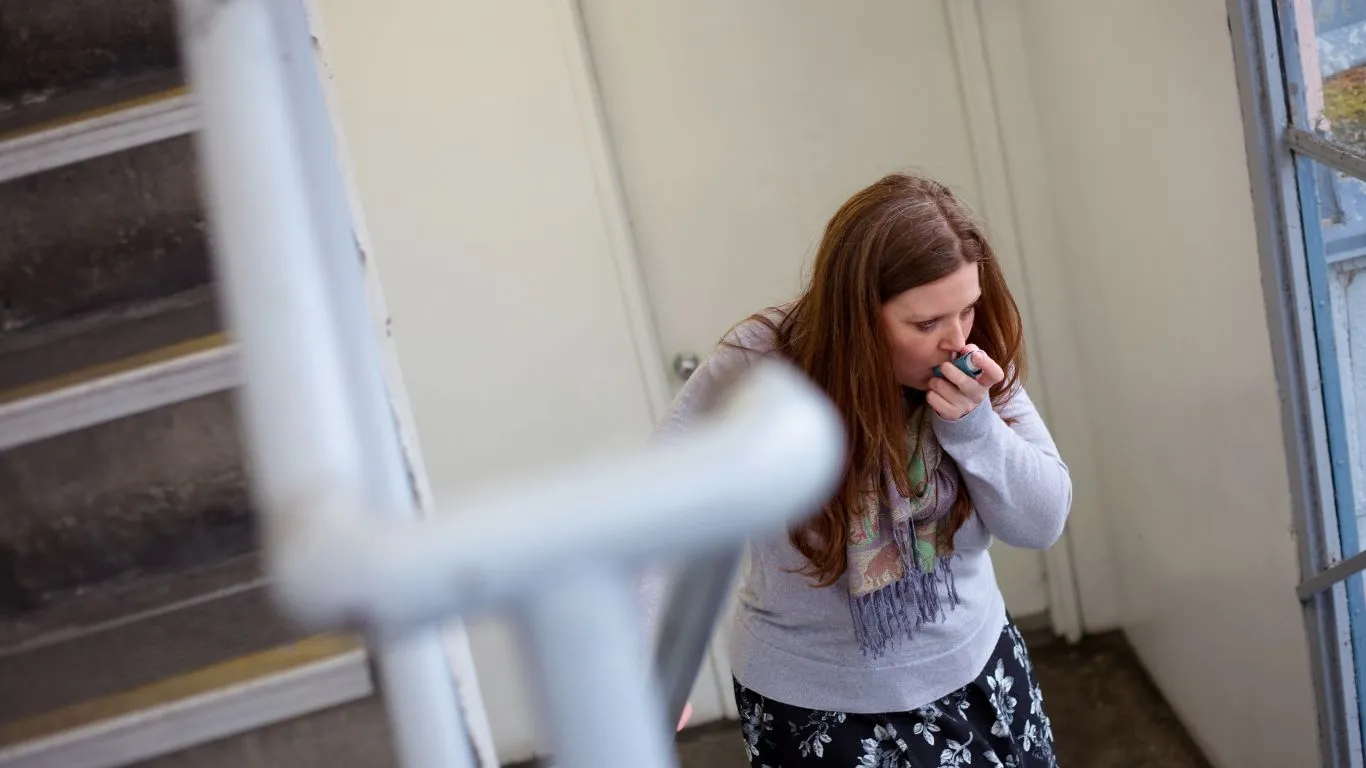
First things first, why bother? Well, when you’ve got asthma, your lungs are super sensitive to airborne triggers like dust, smoke, or even the neighbor’s cat that somehow always sneaks into your yard. Air filters can trap those nasty little particles before they hit your lungs.
Take HEPA filters, for example. These bad boys can grab 99.97% of particles as small as 0.3 microns—basically invisible to the naked eye. Think dust mites, pollen, mold spores, and even some bacteria. It’s like a bouncer for your air.
🌟 A Few Filters That Are Worth the Hype
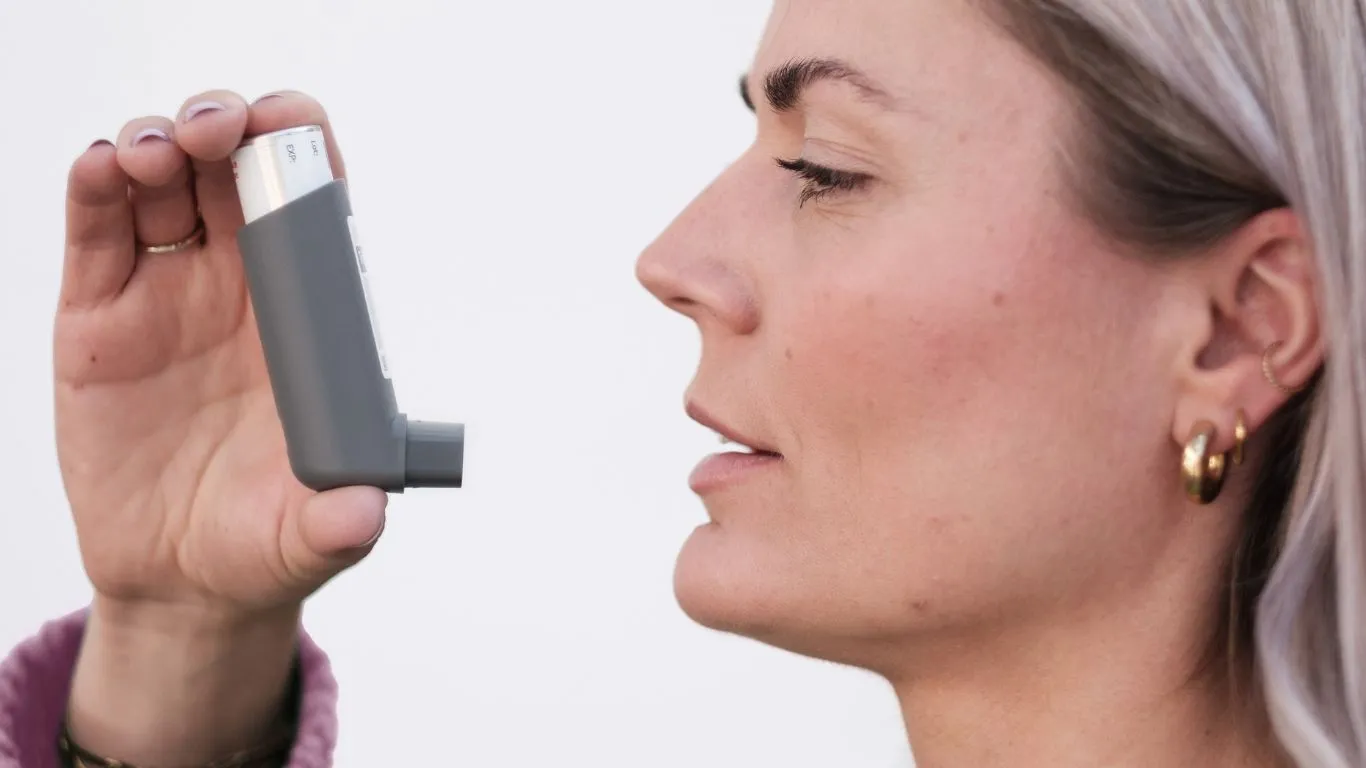
Here’s the deal: not all air filters are created equal. Some are amazing, and some are, well, let’s just say I wouldn’t trust them with my allergies, let alone asthma. Here are a few that actually deliver:
1. Honeywell HPA300
- What’s great? It’s simple to use and gets the job done.
- Downside? It’s a little loud if you crank it up.
2. Levoit Core 400S
- Love it because… It’s whisper-quiet and blends into your decor.
- Annoying bit? The filters don’t last as long as you’d hope.
3. Dyson Pure Cool TP07
- Why it’s awesome: It doubles as a fan, which is a bonus in the summer.
- But… It’s expensive. Like, “do I really need this?” expensive.
🛠️ Troubleshooting Your Air Filter

Okay, so you’ve got your air filter, but maybe it’s acting up. Been there, too! Here are a few common problems and how to fix them:
- Problem: The airflow sucks (literally). Fix: Check if the filter’s clogged. A dirty filter is like trying to drink a smoothie through a coffee stirrer.
- Problem: It’s loud enough to wake the neighbors. Fix: Clean the fan and vents. Dust buildup can make it work harder (and noisier).
- Problem: Still smells funky in your house. Fix: The carbon filter might need replacing if odors are lingering.
💡 Real-Life Wins

Let me tell you about my friend Sarah. She’s got asthma and three cats (a risky combo, I know). She got a Levoit Core 400S, and within a week, she was like, “Is this what breathing feels like?!” No more waking up stuffed up or wheezing.
Then there’s Josh, who’s allergic to everything (his words, not mine). He swears by his Honeywell HPA300 because it keeps his giant living room breathable, even during pollen season.
📌 Key Takeaways
- Not all air filters are created equal—look for HEPA and activated carbon if you’re serious about tackling asthma triggers.
- Keep up with maintenance, like cleaning and replacing filters, or you’re just blowing dust around.
- The right air filter can genuinely change your quality of life—I’m not even exaggerating.
❓ FAQs
- Q: Can an air filter stop my asthma attacks completely? Not quite, but it can help reduce the stuff that triggers them, which is a huge win.
- Q: How often should I change the filter? Depends on the model, but usually every 6–12 months. If you’re noticing less airflow or more dust, it’s time.
- Q: Do I need one in every room? Ideally, yes, but at least get one for the rooms you spend the most time in—like your bedroom.
📚 Where I Got This Info
⚠️ Quick Heads-Up
I’m not a doctor (shocker, right?), so this is just friendly advice. Always check with a healthcare pro about managing asthma.
👇 Let’s Make It Happen
So, are you ready to start breathing easier? Whether you go for the budget-friendly Levoit or splurge on that Dyson, the key is just getting one that works for you. Got a favorite air filter already? Or maybe a question I didn’t cover? Drop a comment or shoot me a message—I’m here to help!

Bianca Nala is a compassionate Nurse Practitioner with a strong background in primary and respiratory care. As a health writer for Healthusias.com, she combines her clinical expertise with a talent for clear, relatable storytelling to help readers better understand their health. Bianca focuses on topics like asthma, COPD, chronic cough, and overall lung health, aiming to simplify complex medical topics without losing accuracy. Whether she’s treating patients or writing articles, Bianca is driven by a single goal: making quality healthcare knowledge accessible to everyone.
